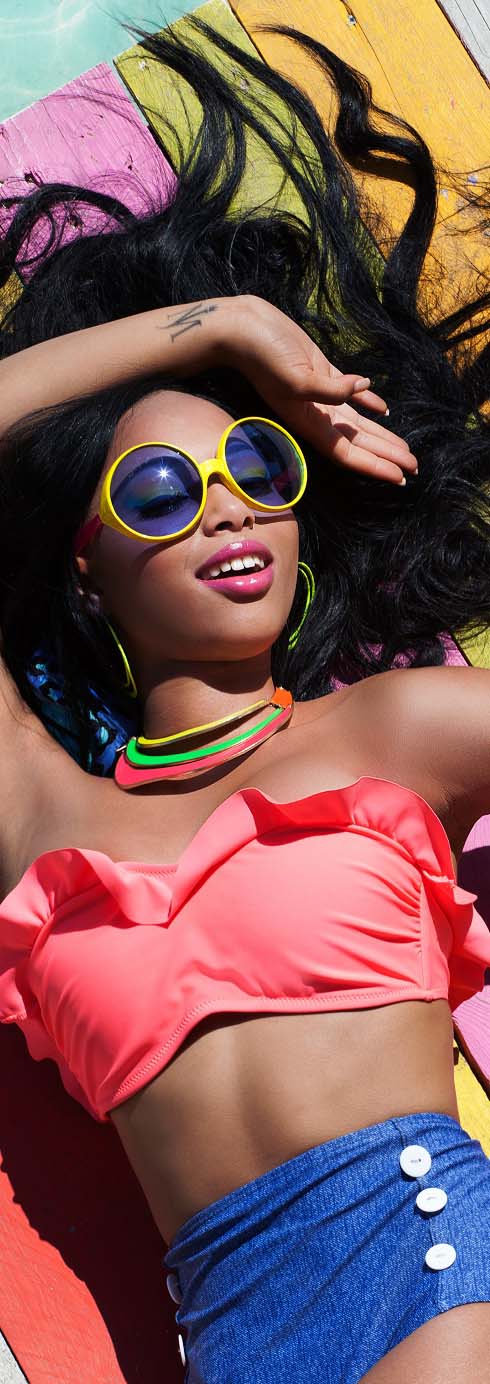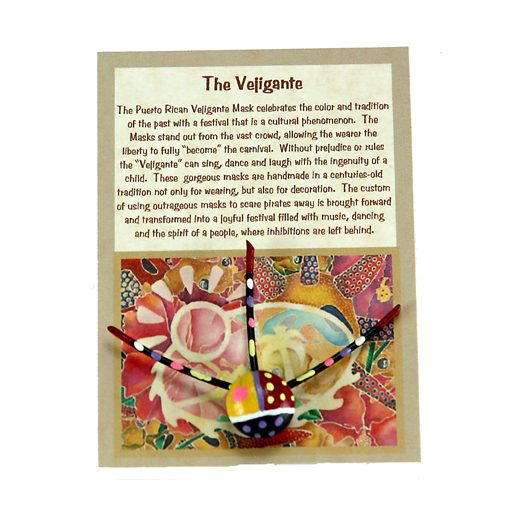Wholesale Products
The History of Caribbean Jewelry Making
The Caribbean region is renowned for its vibrant culture, breathtaking landscapes, and rich artistic traditions. Among these traditions, jewelry making stands out as a fascinating art form that has evolved over centuries. The history of Caribbean jewelry is deeply rooted in the fusion of diverse cultural influences, reflecting the region’s indigenous heritage, colonial history, and the legacy of the African diaspora. From the symbolic adornments of indigenous peoples to the intricate craftsmanship of modern artisans, Caribbean jewelry tells a story of identity, resilience, and creativity.
Indigenous Beginnings
Long before the arrival of European explorers, the indigenous peoples of the Caribbean—such as the Taino, Arawak, and Carib—crafted jewelry from natural materials. These communities utilized shells, bones, seeds, stones, and even feathers to create adornments that were as practical as they were decorative. Jewelry held spiritual significance, serving as a means to connect with ancestors, honor deities, and express social status. For example, Taino people often carved intricate designs into semi-precious stones, imbuing their creations with symbolic meanings tied to their cosmology.
These early jewelry-making traditions showcased the deep connection between the indigenous peoples and their natural environment. The craftsmanship involved techniques that have been passed down through generations, some of which are still visible in contemporary designs.
The Influence of European Colonization
The arrival of European colonizers in the late 15th century marked a dramatic shift in the cultural landscape of the Caribbean. With colonization came an influx of new materials, techniques, and styles that would influence the region’s jewelry-making practices. Gold, in particular, became a focal point, as European settlers exploited the region’s natural resources. The Spanish, for instance, mined gold extensively, using indigenous labor to craft jewelry and other items for export to Europe.
During this period, Caribbean jewelry began to reflect a blend of indigenous and European styles. While native techniques were often suppressed, artisans adapted European designs to create unique pieces that catered to both local and colonial tastes. Filigree work, gem setting, and engraving became prominent, showcasing the growing sophistication of the craft.
The Legacy of African Diaspora
The transatlantic slave trade brought millions of Africans to the Caribbean, introducing a wealth of cultural traditions that would profoundly shape the region’s identity, including jewelry making. African artisans, skilled in metalworking and bead crafting, brought their expertise and aesthetics to the Caribbean. These influences merged with existing practices, resulting in bold and symbolic designs that often carried hidden meanings.
Jewelry became a medium for resistance and resilience during the era of slavery. Enslaved people sometimes created adornments using found materials, such as cowrie shells or copper wire, as expressions of cultural identity and defiance. These pieces often held spiritual significance, serving as protective talismans or symbols of hope.
Post-Emancipation and Cultural Renaissance
The abolition of slavery in the 19th century marked a new era for Caribbean jewelry making. Freed communities embraced their cultural heritage, blending African, European, and indigenous influences to create a distinct aesthetic. This period saw the rise of local artisans and the establishment of jewelry-making hubs across the region.
Materials such as gold, silver, and coral became widely used, often paired with colorful beads and gemstones. Jewelry was not only an expression of personal style but also a marker of social and economic status. For example, in some Caribbean islands, women wore gold chains and bangles to signify their wealth and familial heritage, a practice that continues in many communities today.
Modern Revival and Artistic Innovation
In the 20th and 21st centuries, Caribbean jewelry making experienced a renaissance as artists and designers sought to preserve traditional techniques while embracing contemporary trends. The rise of online markets has allowed regional artisans to sell their creations globally, connecting with buyers from Europe, North America, and beyond. As e-commerce grows, secure financial tools have become essential to ensure trust between creators and clients. In fact, industries such as online gaming have pioneered reliable systems for deposit and withdrawal services that now serve as models for secure digital transactions in many sectors, including art and design
Sustainability has also become a key focus for many artisans. Recycled materials, such as sea glass and driftwood, are commonly used in designs, reflecting a commitment to environmental stewardship. Additionally, the global popularity of “island-inspired” jewelry has created opportunities for Caribbean artisans to showcase their work on an international stage.
The modern Caribbean jewelry scene is characterized by its diversity, with each island contributing unique styles and techniques. In Jamaica, for instance, the Rastafarian movement has inspired bold designs featuring red, gold, and green beads. Meanwhile, in Trinidad and Tobago, Carnival jewelry dazzles with its vibrant colors and elaborate patterns.
Symbolism and Cultural Significance
Throughout its history, Caribbean jewelry has remained deeply symbolic. Adornments often carry meanings tied to identity, spirituality, and community. For example, certain designs incorporate motifs inspired by local flora and fauna, such as hibiscus flowers, hummingbirds, or sea turtles, reflecting the region’s natural heritage.
Religious and spiritual themes are also prevalent, with jewelry featuring symbols like crosses, ankhs, and Om signs. In addition, jewelry is frequently used to mark significant life events, such as weddings, baptisms, and festivals. These pieces become heirlooms, passed down through generations as cherished reminders of family history and cultural pride.
Challenges and the Path Ahead
Despite its vibrant history, the Caribbean jewelry-making industry faces challenges, including competition from mass-produced imports and the rising costs of raw materials. However, many artisans and organizations are working to preserve and promote this unique tradition. Efforts include workshops, cultural festivals, and collaborations with international designers to raise awareness of Caribbean craftsmanship.
Furthermore, technology has opened new avenues for innovation. 3D printing, for example, allows artisans to experiment with intricate designs while maintaining the authenticity of traditional techniques. Social media platforms have also become powerful tools for showcasing Caribbean jewelry to a global audience, helping to sustain the industry and inspire the next generation of artisans.
Conclusion
The history of Caribbean jewelry making is a testament to the region’s rich cultural tapestry and enduring creativity. From the symbolic carvings of indigenous peoples to the elaborate designs of modern artisans, this art form reflects the resilience and ingenuity of Caribbean communities. As the tradition continues to evolve, it remains a vibrant expression of identity and heritage, connecting the past to the present in beautifully crafted pieces that tell stories of a diverse and dynamic region.






